Virtual Reality and Modern Education
In the modern world, the advent of technologies such as Virtual Reality (VR) is revolutionizing myriad sectors, including education. The potential impact of VR on how we learn and teach is vast, from engaging students in immersive, hands-on experiences to revolutionizing different learning levels. However, it's essential to consider both the benefits and drawbacks of this innovative tool.
The Potential of Virtual Reality in Education
VR provides a platform for transforming how we learn with its ability to create immersive, virtual environments. Learners can explore concepts in 3D, improving their understanding and retention of information. Furthermore, VR can recreate practical scenarios that may not be possible, safe, or cost-effective in traditional classrooms. For instance, medical students can carry out virtual surgical procedures, while history students can 'experience' historical events.
Benefits of Virtual Reality in Education
The increased engagement VR creates is arguably one of its most significant benefits. Many students are digital natives, accustomed to learning through interactive, technology-based mediums. Therefore, VR can boost their interest and concentration, making learning more enjoyable and impactful. Moreover, VR can cater to different learning styles, from visual to kinesthetic, expanding opportunities for personalized learning.
Drawbacks of Virtual Reality Integration in Schools
Despite its potentials, the integration of VR in education isn't without its challenges. One major concern is cost. Purchasing VR equipment and software can be very expensive, especially for public schools and those in low-income areas. Additionally, there are potential health issues related to sustained VR use, such as eye strain, dizziness, and other discomforts.
Successful Cases of Virtual Reality in Education
VR technology is gaining momentum in education worldwide. In the USA, the New Jersey Institute of Technology employs VR to teach subjects from medicine to manufacturing, while students at the Nanjing Foreign Language School in China learn languages through VR immersion.
Future Perspectives of VR in Education
The future of VR in education appears promising. As the technology further develops and becomes more affordable, its reach within the educational sector is likely to expand. With the continuing evolution of technology, teachers may have even more tools at their disposal, creating a dynamic, interactive classroom experience.
Summarizing the Overall Impact of VR on Education
In conclusion, the influence of VR on contemporary education is enormous and multifaceted. By offering engaging, immersive experiences, VR expands the scope for effective learning and teaching. Although certain issues still need addressing, the continuing evolution of VR tech bodes well for the future of education.
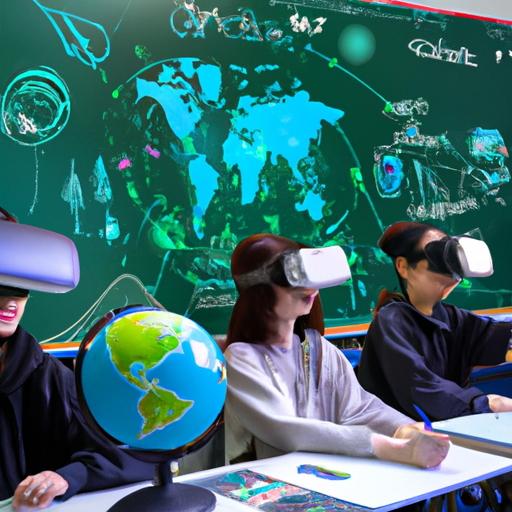


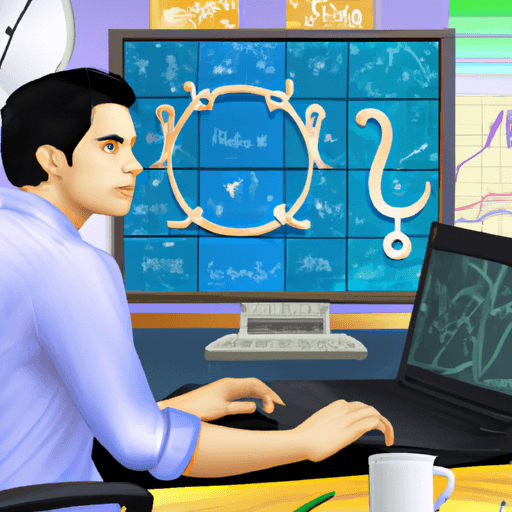
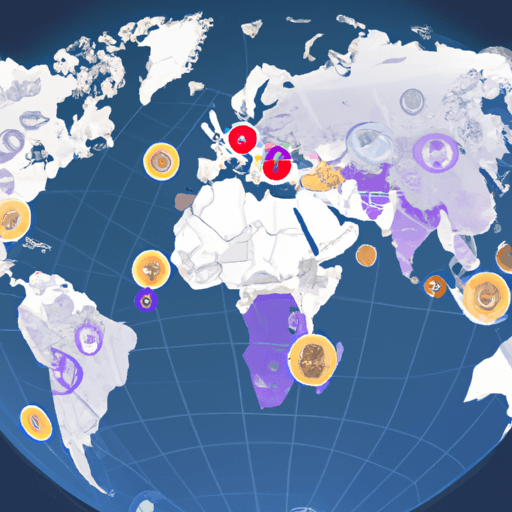
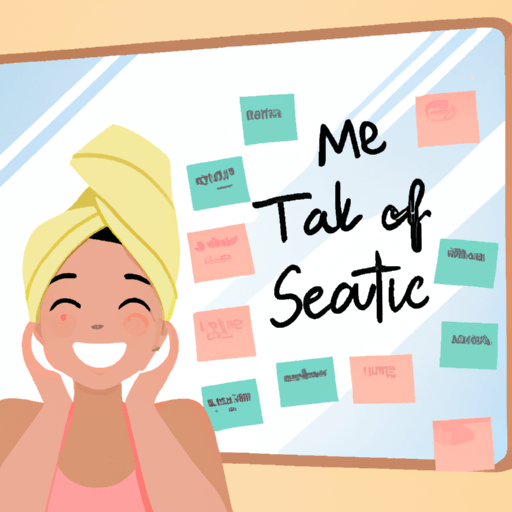


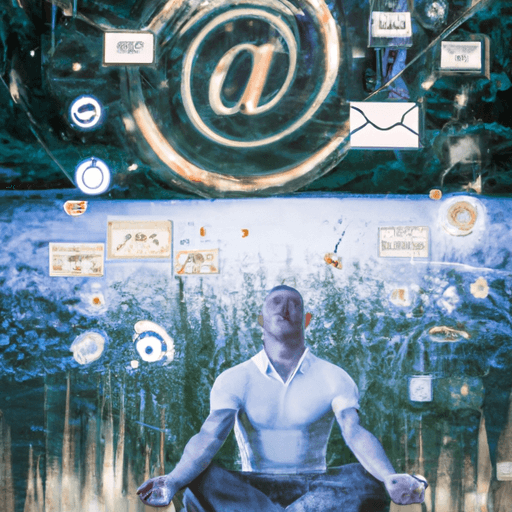



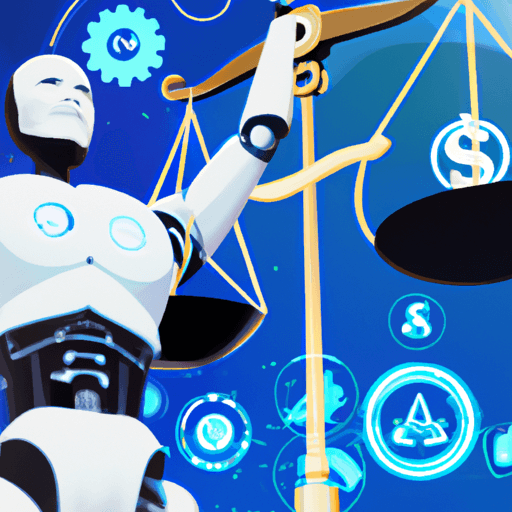


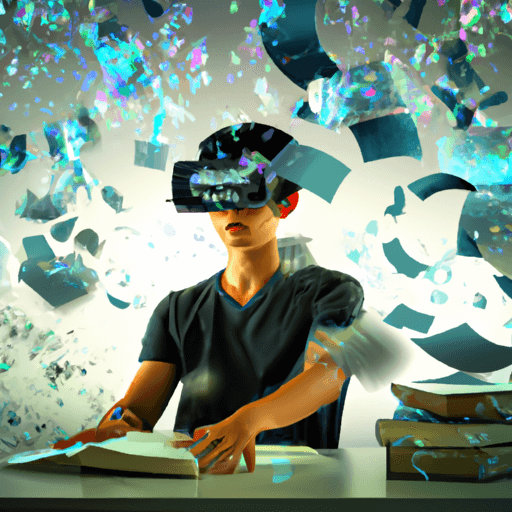


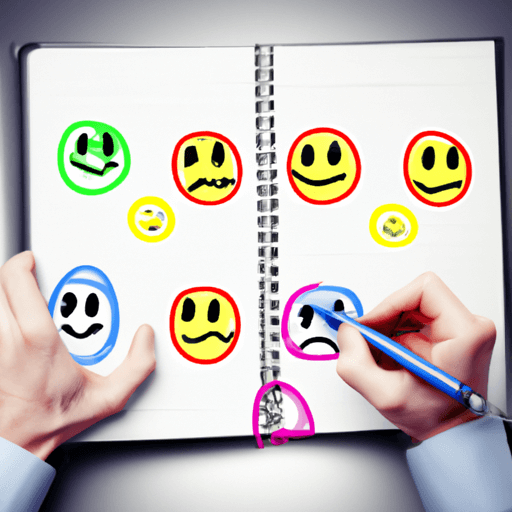
Comments
Leave a Comment